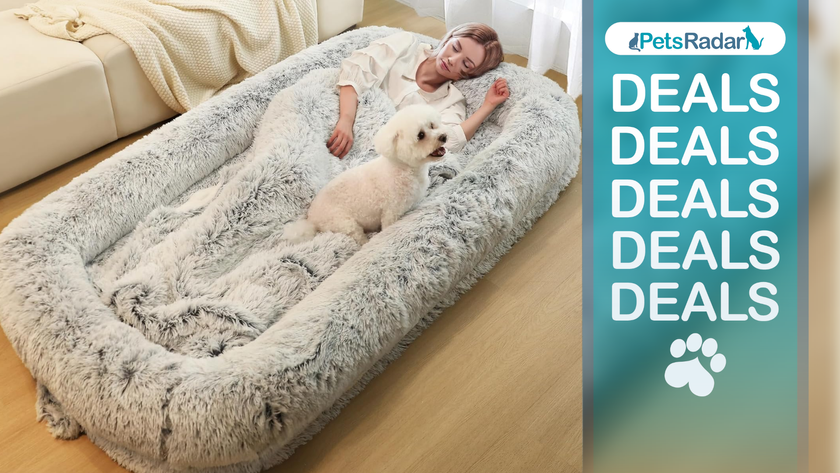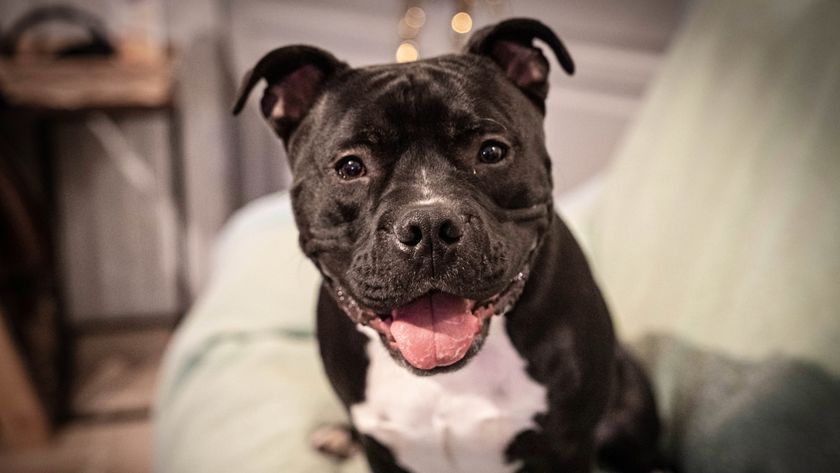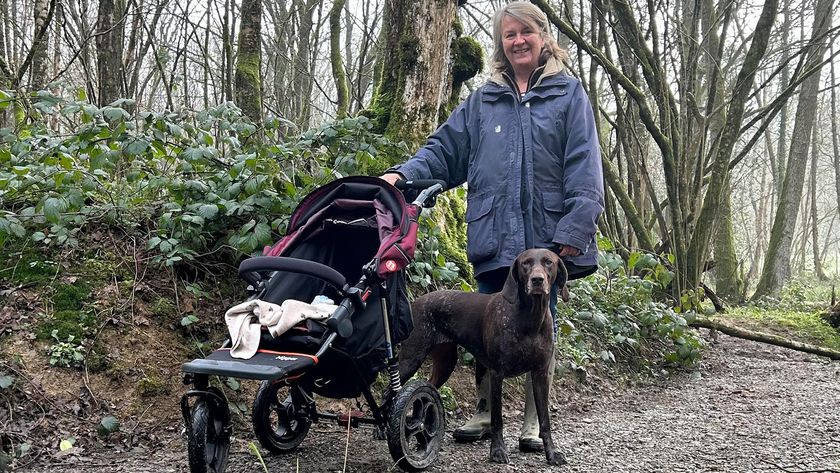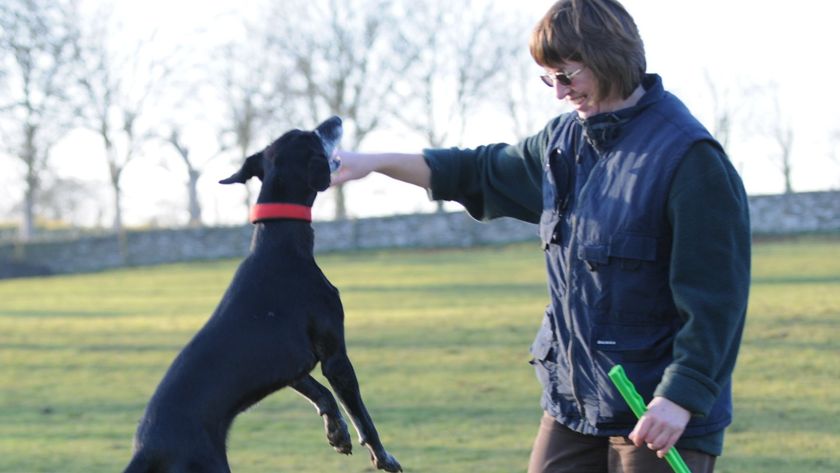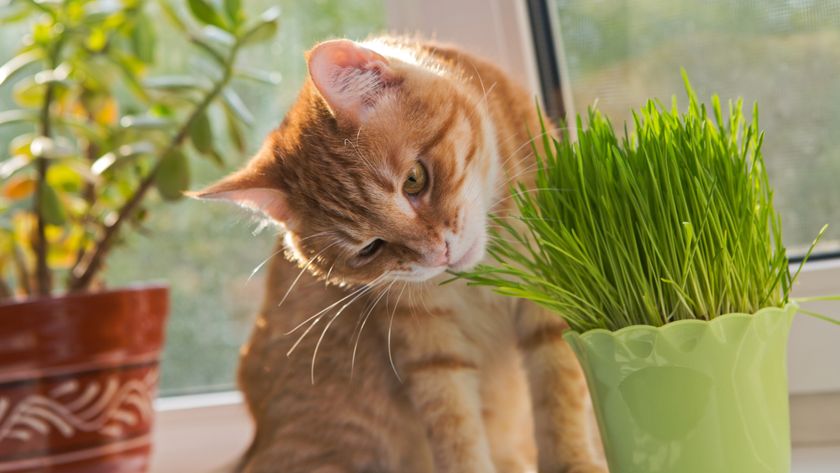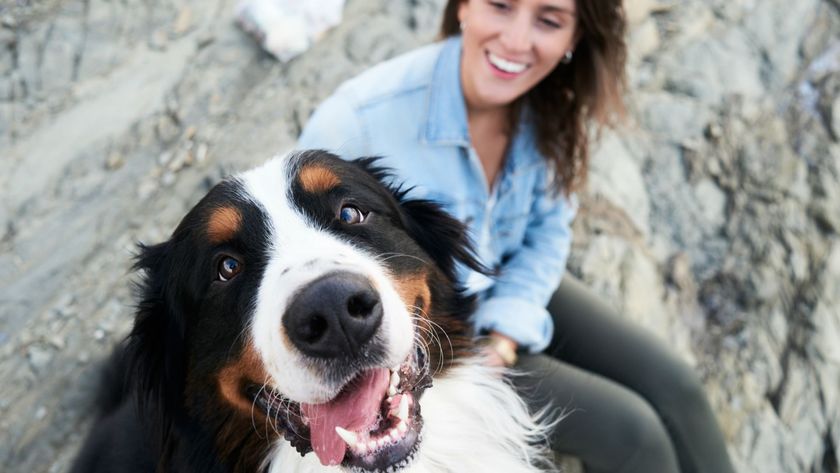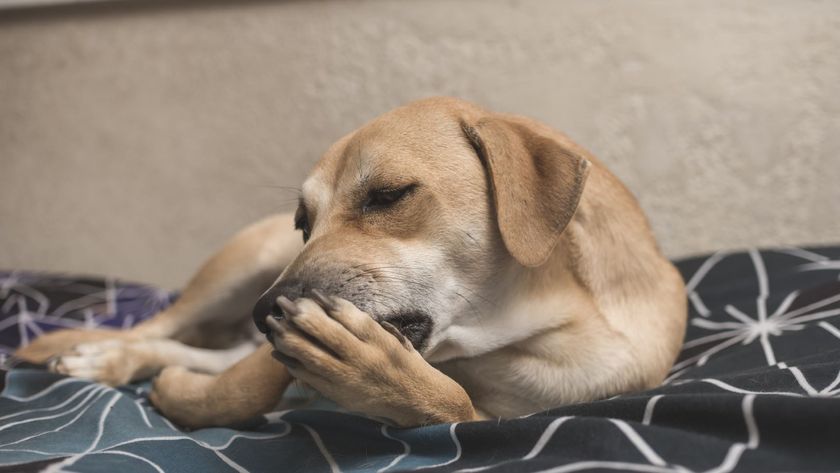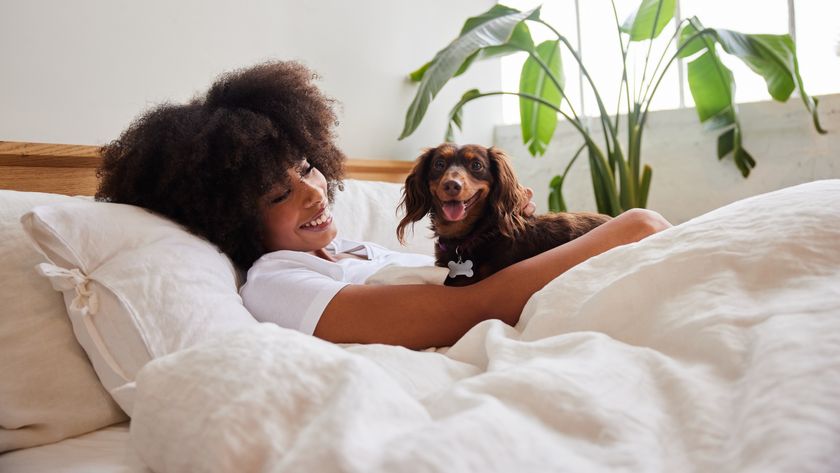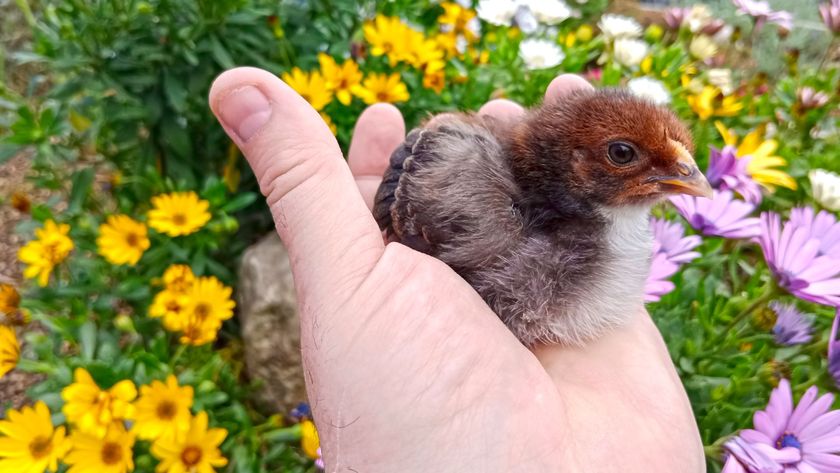How to measure a dog for a coat
Follow our step-by-step guide for how to measure a dog for a coat and find the perfect fit for your furkid this winter
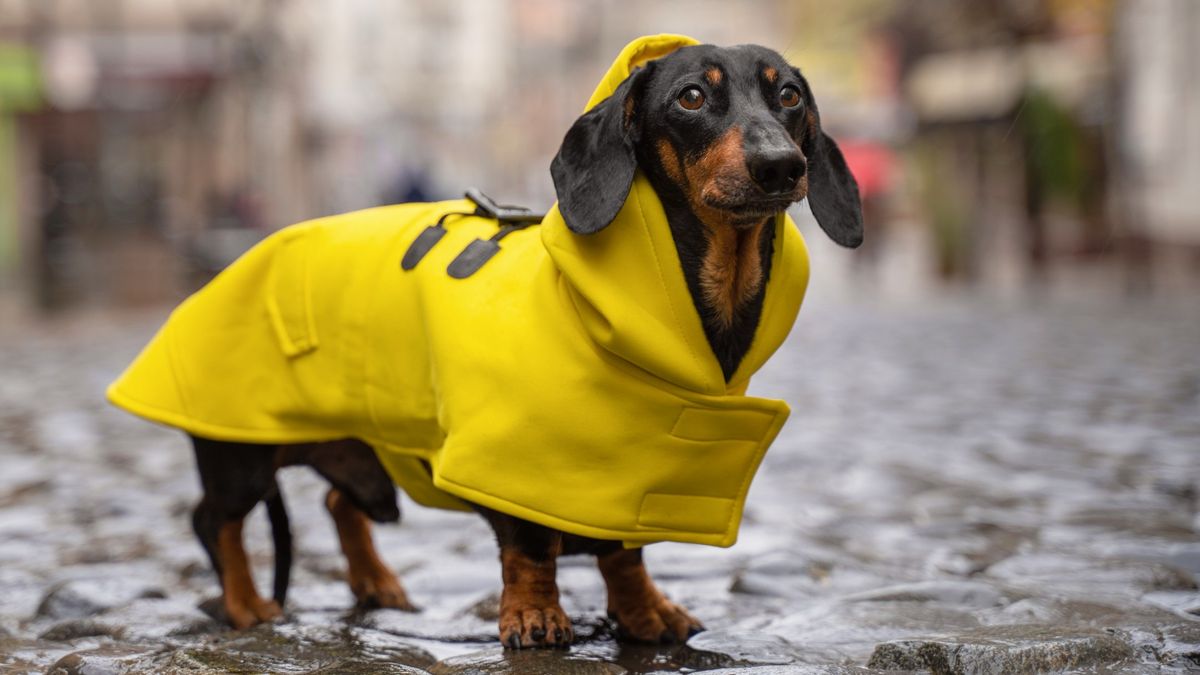
Learning how to measure a dog for a coat will help save you time and money, ensuring you get the right fit for your furkid on the first go. And with the chilly weather now in full swing, there’s never been a better time to go shopping for one of the best dog coats to keep your canine companion warm and toasty this winter.
But first things first. Do dogs need coats in the winter? After all, they have fur, so surely that’s enough to keep them warm, right? While it’s true that fur can provide a level of insulation, this is mostly applicable to dogs with thick, double coats and those that have been bred for colder climates, like the Siberian Husky or Alaskan Malamute.
For dogs that were bred for warmer climates and those with short or fine fur (such as Greyhounds and Whippets), the cold can be felt very quickly. Small dogs, puppies and senior canines, as well as any pup who is injured or unwell, will also feel the cold a lot more than larger breeds and healthy adult dogs.
To protect your forever friend from the harsh winter elements, a good quality dog coat is a great idea. Not only will it keep your canine companion warm, dry, and cozy, but it will help make those winter walkies more enjoyable for the both of you.
As for how cold is too cold for dogs in winter, we recommend that you monitor your pup closely once the mercury falls below 32° F and even if they’re sporting the best dog coat, don’t take them outdoors once the temperature gets below 20° F when hypothermia and frostbite become very real concerns.
To help get your furkid all kitted out, let’s take a closer look at how to measure a dog for a coat, so you can keep your buddy snug as a bug in a rug this winter.
- Winter dog walking tips: making walkies a joy in the colder months
- Top tips for walking your dogs in the snow
How to measure a dog for a coat
Below you’ll find step-by-step instructions to help make measuring your dog for a coat a piece of cake. In fact, these steps will make it so easy that the biggest problem you’re likely to face is getting your dog to stand still long enough to take their measurements!
We recommend having a family member or friend hold your canine companion still so that you can get the job done quicker. But before you do that, a quick note about breed and coat sizes.
You’ll notice that when you’re shopping for a dog coat that most retailers offer a range of sizes from XS all the way through to XXL. It can be helpful to have a rough idea of which category your dog is likely to fall under before you start measuring.
| XS | Maltese, Chihuahua |
| S | Jack Russell, Shih Tzu |
| M | French Bulldog, Beagle |
| L | Cockapoo, Cocker Spaniel |
| XL | Labrador, Dalmatian |
| XXL | German Shepherd, Great Dane |
While retailers do differ in their sizing, the above can be a useful starting point.
Now that we’ve got that sorted, it’s time to get your pup all measured up for their new coat. Here's how to do it...

Step 1: Ensure you have everything you need
As we mentioned above, measuring your dog for a coat will be easier if you make it a two person job, so grab a loved one to help you out. You’ll also want a soft fabric tape measure (the kind a tailor would use), a piece of paper, and a pen. Make sure your dog is standing on all fours.
Step 2: Measure the length
Take your tape measure and starting at your dog’s neck (where their collar sits), run it all the way along their body until you reach the base of their tail. Write down their length in both centimeters and inches - different retailers use different measurements, so it can be helpful to have both.
Step 3: Measure the width
Next up, you want to know the width of your dog. To do this, simply wrap your tape measure around the widest part of their chest and again, note down the measurement.
Step 4: Measure the neck
After you have the length and width measurements, pop the tape around your dog’s neck where their collar sits and take their neck measurement. Apply the same rule as you would when choosing a collar, being sure to leave two fingers worth of space. You won’t need this measurement for all dog coats as many are adjustable, but it’s worth having just in case.
Step 5: Compare measurements and coat size
Once you have all your measurements, compare them to the measurements listed on the coat of your choice. If your dog is between sizes, you’ll need to make a call as to whether to size up or down. In general, we recommend you size up if you have a very broad or chunky dog and size down if you have a slender dog.
Step 6: Check the return policy
Getting the right fit for your pup is really important. You don’t want their coat to be so big it drags on the ground, so tight that it restricts their movement, or so loose that they’re not protected from the elements. Look for a retailer that offers an exchange or refund policy, this way, if you do pick the wrong size, you can easily swap it over.
Staying warm and dry
A good quality dog coat can help make those winter walks more enjoyable for all pups, but they’re especially important if you have a small breed, a canine companion with a thin coat, a very young or senior pooch or a dog recovering from illness or injury.
Dog coats offer additional protection against the elements and will ensure your forever friend stays warm and dry when you’re out and about together. Follow our measuring guidelines above and you’ll be sure to find the right fit for your furkid.
PetsRadar Newsletter
Get the best advice, tips and top tech for your beloved Pets

Kathryn is a freelance writer who has been a member of the PetsRadar family since it launched in 2020. Highly experienced in her field, she's driven by a desire to provide pet parents with accurate, timely, and informative content that enables them to provide their fur friends with everything they need to thrive. Kathryn works closely with vets and trainers to ensure all articles offer the most up-to-date information across a range of pet-related fields, from insights into health and behavior issues to tips on products and training. When she’s not busy crafting the perfect sentence for her features, buying guides and news pieces, she can be found hanging out with her family (which includes one super sassy cat), drinking copious amounts of Jasmine tea and reading all the books.
